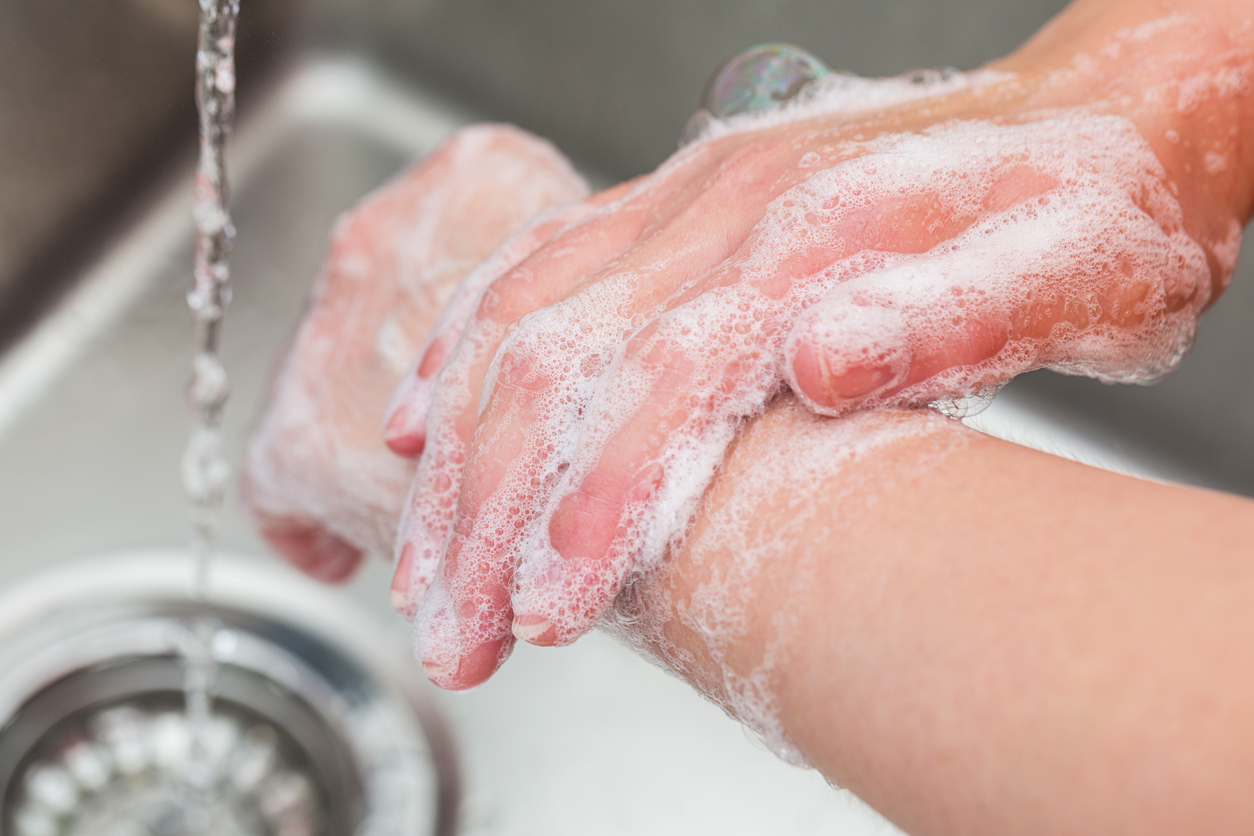Note: This story was first published on 23 January 2020 and last updated on 15 February 2021. Your.MD will continue to update this story as new information becomes available.
A new type of virus that causes an infection of the lungs and airways has spread globally.
The virus, a type of coronavirus known as SARS-CoV-2, was first reported in the Chinese city of Wuhan in December 2019.
The first cases were linked to a seafood market in Wuhan, which also sold live animals and meat. But, the viral infection (known as COVID-19) has since reached every part of the world, causing the World Health Organization (WHO) to officially call the outbreak a pandemic – that's a new disease that's spread globally.
Here’s what you need to know about coronavirus.

When to worry
Seek medical help immediately if you have symptoms of coronavirus:
- difficulty breathing
- a fever
- a new, continuous cough
Don't go to your doctor’s office or the emergency room, instead call your country's dedicated coronavirus helpline. If it's an emergency, phone for an ambulance and tell them your symptoms so that measures can be taken to reduce the risk of infecting others.
What is coronavirus?
Coronaviruses are a large family of viruses that can infect humans and animals. They're named after the crown-like spikes found on their surfaces – the word ‘corona’ means ‘crown’ in Latin.
According to the Centers for Disease Control and Prevention (CDC), there are 7 types of coronavirus that can infect humans.
Of these, 4 are viruses that commonly cause respiratory tract infections, like the common cold, in humans. However, 3 are viruses that infect animals but have evolved into a type of coronavirus that can also make humans sick.
These evolved coronaviruses include the new virus and those that caused the Severe Acute Respiratory Syndrome (SARS) and Middle East Respiratory Syndrome (MERS) outbreaks of 2003 and 2012, respectively.
The new coronavirus is called SARS-CoV-2, while the illness it causes is called COVID-19.

What are the symptoms?
Studies show that many people infected with coronavirus don't show any symptoms at all.
In people with symptoms, the most common ones are:
- fever
- a continuous cough
- a change in your sense of taste or smell
But some coronavirus infections can be mild and cause common cold symptoms, including:
- a runny nose
- a cough
- a sore throat
- sneezing
And some infections can cause other and more severe symptoms, including:
- a fever
- a cough
- weakness
- fatigue
- muscle pain
- shortness of breath
- difficulty breathing
- headache
- red eyes
- diarrhoea
- a skin rash
In the most severe cases, COVID-19 infection can cause pneumonia, severe acute respiratory syndrome, sepsis, kidney failure and death.
Find out more about the range of symptoms and who's most at risk.
If you have symptoms, you can use the COVID-19 Symptom Mapper to assess whether you have mild, moderate or severe symptoms and to understand how your symptoms compare with other people around the world.
Try the COVID-19 Symptom Mapper
Who is affected?
People of all ages are at risk of getting coronavirus and may have a mild, moderate or severe version of the illness if infected. Some people get no symptoms at all.
But certain people are more likely to develop the severe form of COVID-19, including:
- people 70 or older
- women who are pregnant
- people who have an underlying health condition that may increase the risk from coronavirus
Conditions that put you at more risk include:
- lung conditions, such as asthma, COPD, emphysema or bronchitis
- heart disease, such as heart failure
- chronic kidney disease
- liver disease, such as hepatitis
- conditions affecting the brain and nerves, such as Parkinson's disease, multiple sclerosis (MS), a learning disability or cerebral palsy
- diabetes
- problems with your spleen – for example, sickle cell disease, or if you've had your spleen removed
- a weakened immune system caused by conditions such as HIV and AIDS, or medicines such as steroid tablets or chemotherapy
- being very overweight (having a Body Mass Index of 40 or above)
How is it spread?
The new coronavirus can be passed from one person to another.
It's thought that like other coronavirus infections, SARS-CoV-2 spreads mainly via respiratory droplets released when an infected person sneezes, coughs or breathes out. But increasing evidence also suggests it can spread by airborne or aerosol transmission, meaning through smaller droplets or particles that stay suspended in the air for longer and over greater distances.
The virus can also survive for up to a few days on hard surfaces, like tables and door handles.
How can I protect myself?
The WHO recommends the following actions to reduce the spread of the infection:
- regular hand washing with warm water and soap – wash for at least 20 seconds
- covering your mouth and nose when coughing and sneezing – the CDC recommends using a tissue or your sleeve instead of your hands
- throwing used tissues away immediately
- using an alcohol-based hand sanitiser if soap and water aren't available
- cleaning and disinfecting objects and surfaces
It's also helpful to wear a face mask or covering when you're out in public.
You should also avoid close contact with farm or wild animals, and anyone with symptoms that suggest they may have a throat, airway or lung infection. These are symptoms like coughing and sneezing.
If you think you may have had close contact with an infected person, contact a doctor for advice. They may ask you to self-isolate for up to 14 days.

How is it treated?
Groups of scientists around the world have worked to come up with vaccines that protect against COVID-19. Millions of people have now received a vaccine.
Certain steroid medications, such as dexamethasone, are also now being used to treat very ill patients in hospital because research has found they can help improve symptoms.
But like the common cold and other coronavirus infections, many cases of COVID-19 seem to get better on their own.
However, if you've seen a doctor and they think your illness is mild, there are things you can do to help improve your symptoms. These include:
- taking painkillers, such as paracetamol, to manage pain and reduce a high temperature — speak to a pharmacist or doctor for further guidance before taking any painkillers
- using a room humidifier or taking a hot shower to help ease a sore throat and cough
- drinking plenty of liquids
- resting at home
If you’re worried about your symptoms, or your symptoms get worse or don’t improve with self-care, contact a doctor or healthcare provider immediately.

Do I need to stay away from other people?
While the outbreak is ongoing, health agencies and governments worldwide recommend that you should stay at home to help reduce the spread of the coronavirus.
This is a practice known as physical distancing (or social distancing) and involves staying at least 1 to 2 metres away from others when out in public.
Read about how to keep a safe distance from others during the coronavirus outbreak.
Some people who have symptoms, signs or risk factors that suggest they may have been exposed to the new coronavirus may be asked to avoid all in-person contact with other people for up to 14 days. This is known as self-isolation.
If you're told to self-isolate, you should:
- stay at home
- try not to be in the same room as others at the same time
- use separate towels, bedding and kitchenware from anyone else in the household
- avoid using public transport or taxis
- avoid going to work, school or other public places
- not invite visitors into your home
If you think you may have coronavirus, you can use our COVID-19 Symptom Mapper to check your symptoms and compare them with others around the world.
This should give you a better understanding of how the illness is affecting you and will help us to map the spread of the outbreak.






